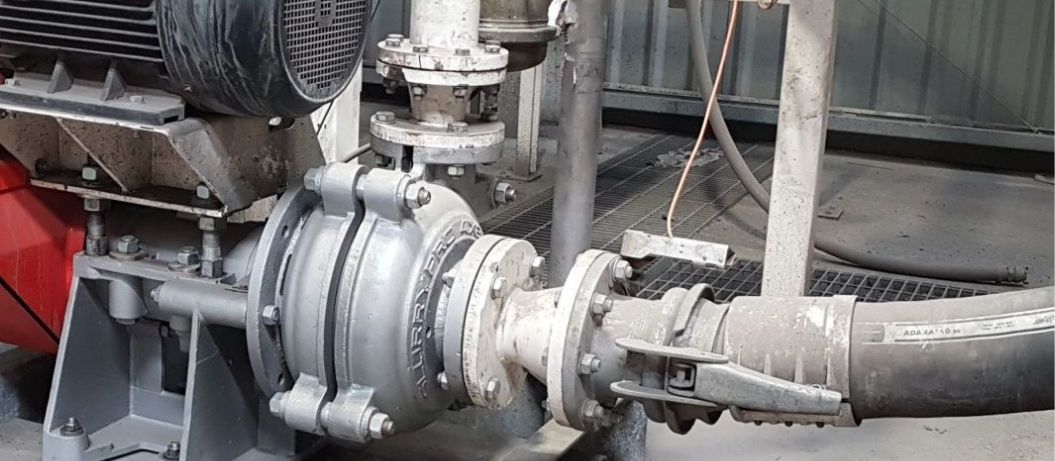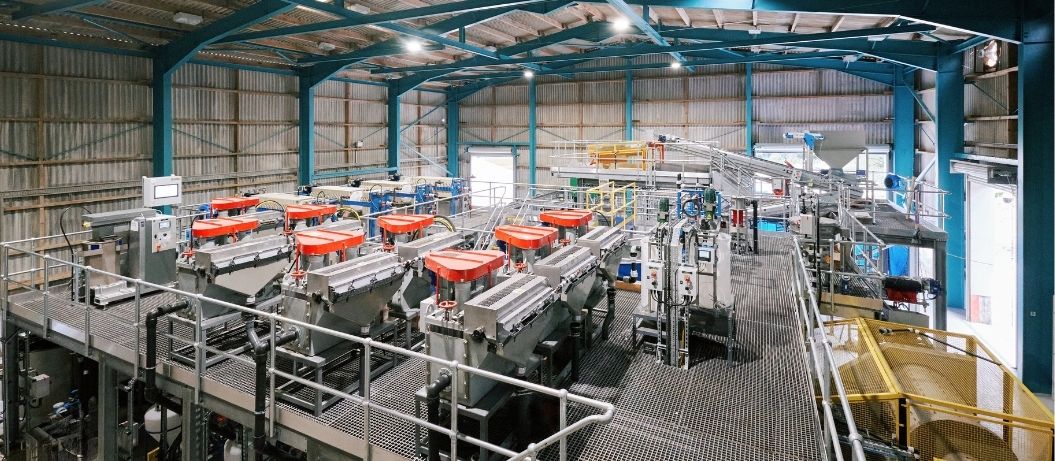In the dynamic world of mining, where efficiency, productivity, and safety are paramount, selecting the right equipment plays a pivotal role. We’ve written previously on the importance of pumps in mining, here we go into more detail around a very common type of pump used in mines; the slurry pump. These heavy-duty machines stand out as vital tools for handling abrasive fluids and solids-laden mixtures of water, soil and rock.
Choosing the best slurry pump for your mining operation is a decision that can significantly impact performance, downtime, and overall success.
Understanding Slurry Pumps
Slurry pumps are specialised pumping devices designed to handle slurries, which are a mixture of water and solid particles. In mining operations, slurries are a common by-product, arising from tasks such as mine dewatering, ore processing, and tailings management. Slurry pumps are engineered to transport these abrasive fluids efficiently and reliably, optimising both equipment lifespan and processing costs.
Key Considerations
When it comes to choosing the best slurry pump for your mining operation, several critical factors should be evaluated:
1. Particle Size and Composition: Consider the size and type of solid particles present in your slurry. Abrasive materials like rock fragments and grit require robust pumps with abrasion-resistant materials to ensure longevity and minimize maintenance. High solids content/large particles will benefit from open-vane impellers.
2. Flow Rate and Pressure: Understand the required flow rate and pressure for your specific application. Different mining processes demand varying levels of pressure and flow, influencing the pump’s size and type. See our guide to ‘Dirty Water Pumps Selection Guide.’
3. Pump Construction and Materials: Choose pumps constructed from materials that can withstand the abrasive nature of the slurry. Hardened metals such as chrome alloys, and rubber linings are used for SlurryPro and Audex pumps to increase lifetime and longer-term performance.
4. Pump Efficiency and Performance: Efficiency directly impacts operational costs. Select pumps with a history of reliable performance and energy efficiency. This reduces downtime, lowers maintenance costs, and enhances overall productivity. Be aware that pump performance charts show the data for clean, clear water – so if they are not built for mining-type slurries, are likely to under-perform as they wear down.
5. Maintenance and Serviceability: Easy access to components and replaceable parts is essential. A pump’s design should allow for quick maintenance with minimal disruption to operations. SlurryPro centrifugal slurry pumps have a split-case design and interchangeable ‘wet’ parts. They can also be fitted to a sliding base for even easier opening up for cleaning and maintenance. In critical mine pumping applications, it is common to find multiple pumps that alternate in shifts
6. Environment and Safety: Consider the operational environment and potential hazards. Electrically operated pumps are the norm in mines as these don’t emit exhaust fumes. Some mining areas might have explosive atmospheres, necessitating the use of ATEX-certified pumps.
Types of slurry pumps used in mines
Several types of slurry pumps are used in mining, each tailored to specific mine slurry applications:
1. Horizontal Centrifugal Slurry Pumps: Widely used for their ability to handle high volumes of fluids and abrasive slurries efficiently. They are ideal for mine dewatering, slurry transfer, and other demanding tasks.
2. Vertical Centrifugal Slurry Pumps: Designed for pumping out of sumps or tanks, these pumps are suitable for applications where space is limited. The motor is mounted above the water, and they are a good alternative to submersible slurry pumps in certain situations. They excel in tasks such as tunnel drainage and process water transfer.
3. Submersible Slurry Pumps: Perfect for pumping fluids from deep underground. Their reliability in mine dewatering and tunnel drainage tasks makes them a popular choice. Audex electric submersibles are designed for under-water, under-ground pumping of dirty water and slurry.
4. High-Pressure Slurry Pumps: Designed to handle high-pressure demands for mineral processing or pumping to elevated locations. They find utility in hydraulic mining, water jet cutting, mineral wash-plants, filter-presses and more.
Choosing the best slurry pump for your mining operation is a crucial task that can impact your bottom line. By assessing factors like particle size, flow rate, construction materials, and efficiency, you can identify the ideal pump for your specific needs.
With the right pump in place, you enhance productivity, minimize downtime, and ensure the continued success of your mining operation. Invest the time and effort to make an informed decision, and your mining endeavors will reap the rewards in the long run.
If you found this of interest, you may like to download the ‘Pump Selection Guide.’
We also take a sustainable approach to our work and are committed to reducing energy waste from pumps. Our expert knowledge allows us to reduce energy usage by 20% on the average site!
Call us today on 0808 196 5108 for more information.
 August 25 2023
August 25 2023 4 min read
4 min read


